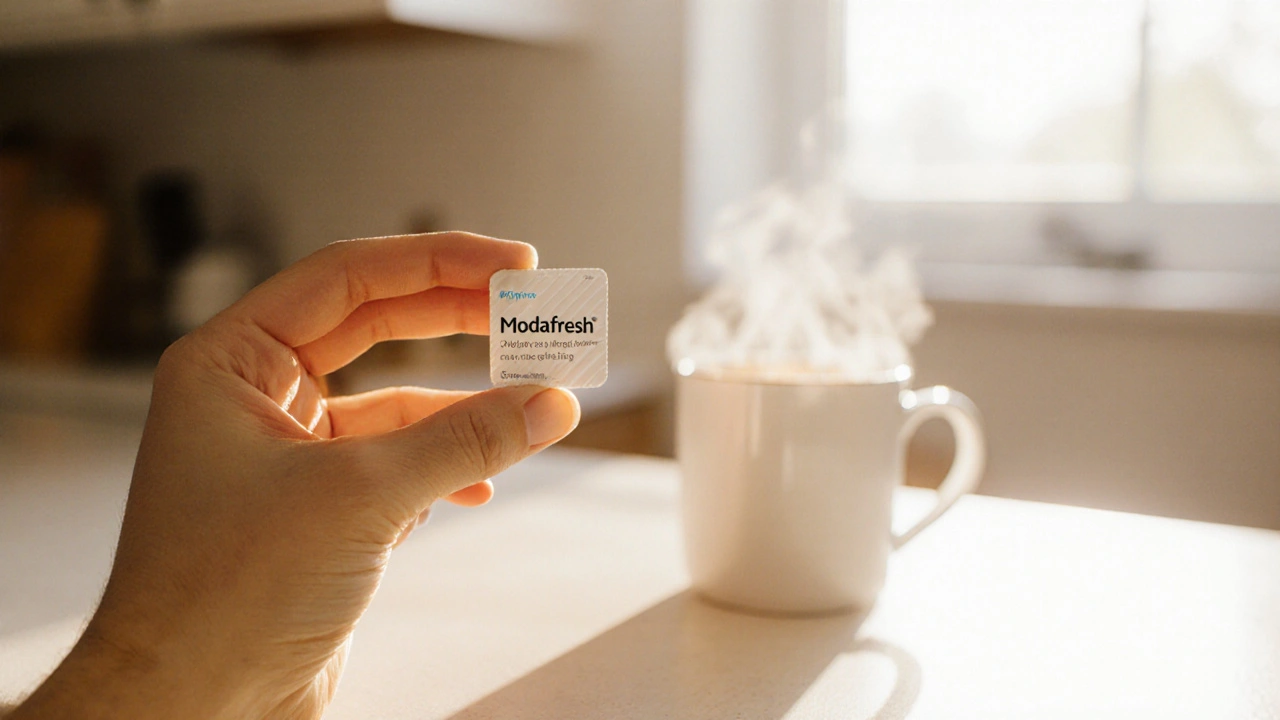Explore Nootropics: Guide to Cognitive Enhancers and Smart Drugs
When working with nootropics, substances designed to improve memory, focus, motivation, or overall brain health. Also known as smart drugs, they sit at the intersection of nutrition, pharmacology, and neuroscience. Researchers, students, and busy professionals all turn to these compounds to gain a mental edge.
One of the first related ideas is cognitive enhancers, any agent that positively influences mental performance. While all nootropics are cognitive enhancers, not every cognitive enhancer qualifies as a nootropic under strict safety and efficacy criteria. Another core group is racetams, a class of synthetic compounds such as piracetam and aniracetam that modulate neurotransmitter activity. Racetams are often the first supplement people try because they have a long research history and a relatively mild side‑effect profile. Finally, adaptogens, herbal agents like rhodiola or ashwagandha that help the body adapt to stress are increasingly paired with traditional nootropics to support stamina and reduce mental fatigue.
How These Pieces Fit Together
Understanding the ecosystem of brain‑boosting agents helps you choose the right stack. nootropics encompass a wide range of substances, from vitamins and minerals to patented drugs. They require a baseline of healthy lifestyle habits – adequate sleep, balanced diet, and stress management – to be effective. Cognitive enhancers often demand knowledge of dosage and timing; for example, racetams work best when paired with a choline source, because they increase the brain’s demand for acetylcholine. Adaptogens, on the other hand, influence the hypothalamic‑pituitary‑adrenal (HPA) axis, which can indirectly sharpen focus by lowering cortisol spikes during demanding tasks.
Semantic connections illustrate these relationships clearly: Nootropics include racetams; racetams require choline supplementation for optimal effect; adaptogens support the same cognitive pathways that nootropics target; and cognitive enhancers benefit from consistent sleep patterns. When you see a product claiming to be a “smart drug,” ask whether it fits into one of these sub‑categories or simply adds a placebo effect.
Practical considerations matter too. Many online pharmacies list generic versions of popular racetams alongside vitamins like B‑complex or magnesium. Knowing the difference between a prescription‑only stimulant (e.g., modafinil) and an over‑the‑counter racetam helps you avoid legal pitfalls and unnecessary side effects. Safety profiles vary: racetams generally show low toxicity, while some adaptogens may interact with thyroid medication. Always verify the source, check third‑party testing, and start with the lowest effective dose.
Below you’ll find a curated selection of articles that dive deeper into buying generic versions of well‑known drugs, comparing alternatives, and exploring the science behind natural brain‑boosters. Whether you’re after a budget‑friendly way to try a new supplement or need a side‑by‑side comparison of similar agents, the posts ahead cover price checks, safety tips, and evidence‑based recommendations tailored to everyday users.
Modafresh vs. Other Wake‑Promoting Drugs: A Detailed Comparison
A thorough comparison of Modafresh with modafinil, armodafinil, adrafinil, stimulants, and OTC options, covering effects, safety, cost, and choosing the right wake‑up aid.






